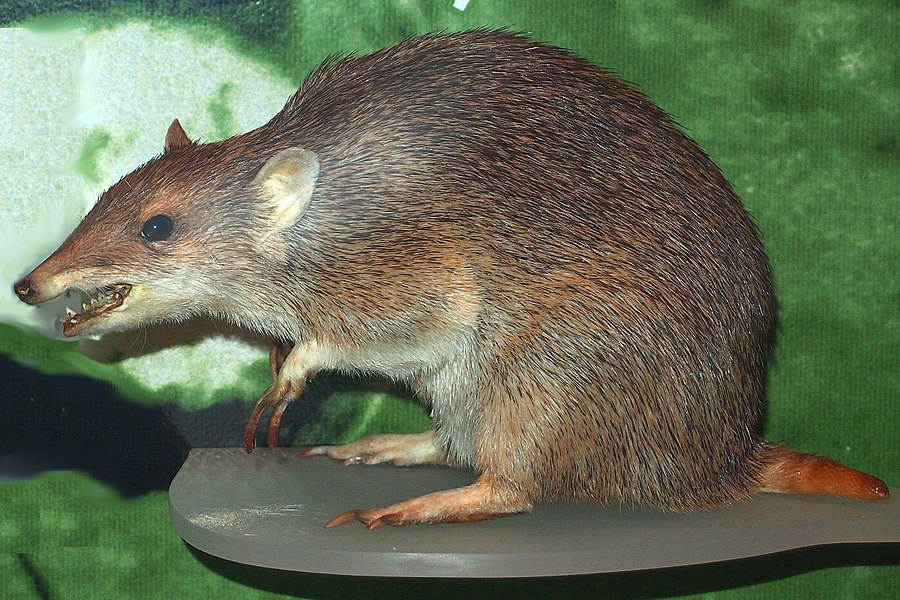Facts About Golden bandicoot
The golden bandicoot is a small, endangered species native to northern Australia. Distinguished by its golden hue, this nocturnal animal is the smallest member of its genus. Unlike other bandicoots, it primarily consumes succulents, insects, plant bulbs, and small reptiles.
Once widespread across Australia, the golden bandicoot is now confined to specific regions in Western Australia and a few offshore islands. Genetic studies suggest that it might be closely related to the southern brown bandicoot, possibly indicating they are the same species.
Today, the golden bandicoot's range has been significantly reduced, with populations primarily found on islands such as Barrow, Middle, and Augustus. Major threats to its survival include habitat loss, competition from introduced species, and predation.
Adapted to arid environments, the golden bandicoot possesses unique physiological traits that help it regulate body temperature and conserve water. It also has a high reproductive rate and short gestation period, making it a prolific breeder.
Conservation efforts are actively underway, including national recovery plans, translocation programs, and collaborative monitoring by various agencies and rangers. These initiatives aim to protect existing populations, identify new habitats, and engage stakeholders in the recovery process.
